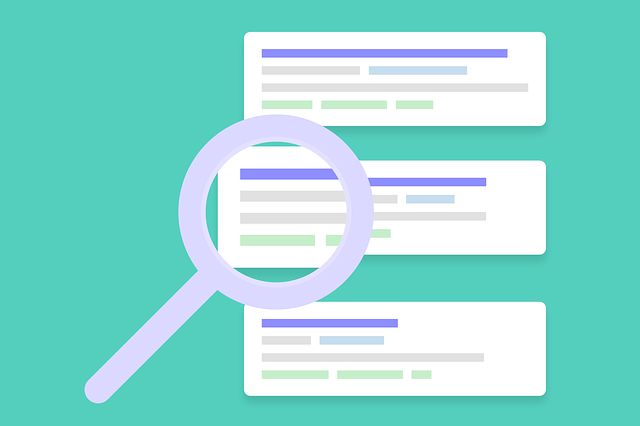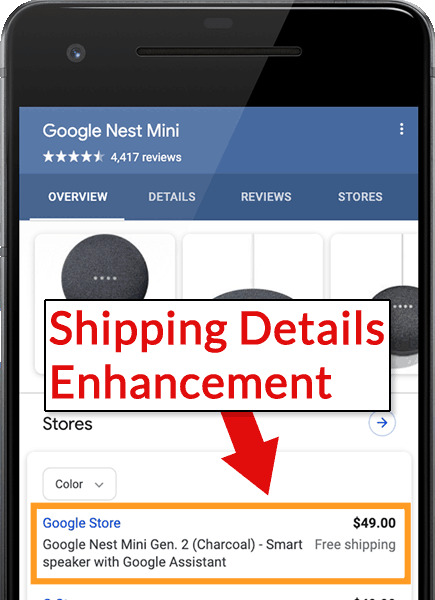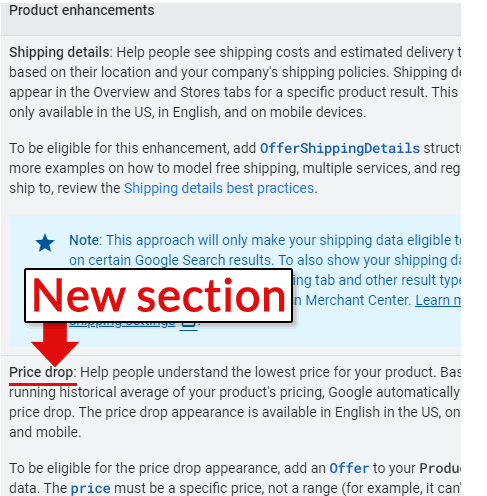Google Introduces Price Drop Rich Result

Google has updated it’s Product Structured Data page to add a new form of rich results called the Price Drop Appearance. The price drop appearance will display price drop information in the search rich results.
Structured Data and Google Rich Results
Schema.org structured data was developed by Google, Yahoo, Bing and Yandex. Google selects specific structured data types to use for displaying rich results in Google search results pages (SERPs).
Product rich results stand out in the SERPs and in theory encourages more clicks to a site. To help ecommerce stores, Google publishes developer pages that tell publishers which structured data to use in order to become eligible for appearing in Google search with rich results.
Product structured data feature review stars, product images, and shipping information, among other data.
Search Appearance for Product Shipping
 Screenshot showing a product shipping enhancement in Google Search
Screenshot showing a product shipping enhancement in Google SearchPrice Drop Appearance
Google has a new rich result that is related to the Product Structured Data. This rich result is called the Price Drop Appearance.
Google will track the price that is used for the “Offer” Schema.org structured data type within the Product structured data that is used on a product page.
When the product price changes, Google will add a rich result called a “price drop appearance” that reflects that there’s been a price drop.
Price Drop Rich Result is New

Google Illustration of Price Drop Appearance
Google provided an illustration of what the new price drop rich result will look like in the search results:
Screenshot of Price Drop Appearance Rich Result

How to Become Eligible for Price Drop Appearance
Google’s updated Product Structured Data developer page explains that the publisher must use the “Offer” structured data and the price must be a single specific price and not a range.
The “offers” structured data property can be used with the “AggregateOffer” type in order to display a range of prices. The “offers” structured data property can also be used with the “Offer” structured data type in order to indicate a single price.
If a publisher wants to be eligible for the price drop appearance, it’s important to use the “Offer” structured data type and not the “AggregateOffer” type.
According to Google:
“Price drop: Help people understand the lowest price for your product. Based on the running historical average of your product’s pricing, Google automatically calculates the price drop. The price drop appearance is available in English in the US, on both desktop and mobile.
To be eligible for the price drop appearance, add an Offer to your Product structured data. The price must be a specific price, not a range (for example, it can’t be $50.99 to $99.99).”
Then elsewhere in the developer page Google stresses:
“To be eligible for the price drop appearance, add Offer, not AggregateOffer.”
Be Aware of Rich Results Opportunities
This new rich result is an opportunity to make a low price impression in the search results. The new price drop appearance rich result makes sales prices pop in the search results, potentially resulting in more sales.
Make sure your product structured data is properly configured in order to take advantage of this new search appearance.
Citation
Read the Updated Product Structured Data Developer Page

![How AEO Will Impact Your Business's Google Visibility in 2026 Why Your Small Business’s Google Visibility in 2026 Depends on AEO [Webinar]](https://articles.entireweb.com/wp-content/uploads/2026/01/How-AEO-Will-Impact-Your-Businesss-Google-Visibility-in-2026-400x240.png)
![How AEO Will Impact Your Business's Google Visibility in 2026 Why Your Small Business’s Google Visibility in 2026 Depends on AEO [Webinar]](https://articles.entireweb.com/wp-content/uploads/2026/01/How-AEO-Will-Impact-Your-Businesss-Google-Visibility-in-2026-80x80.png)















